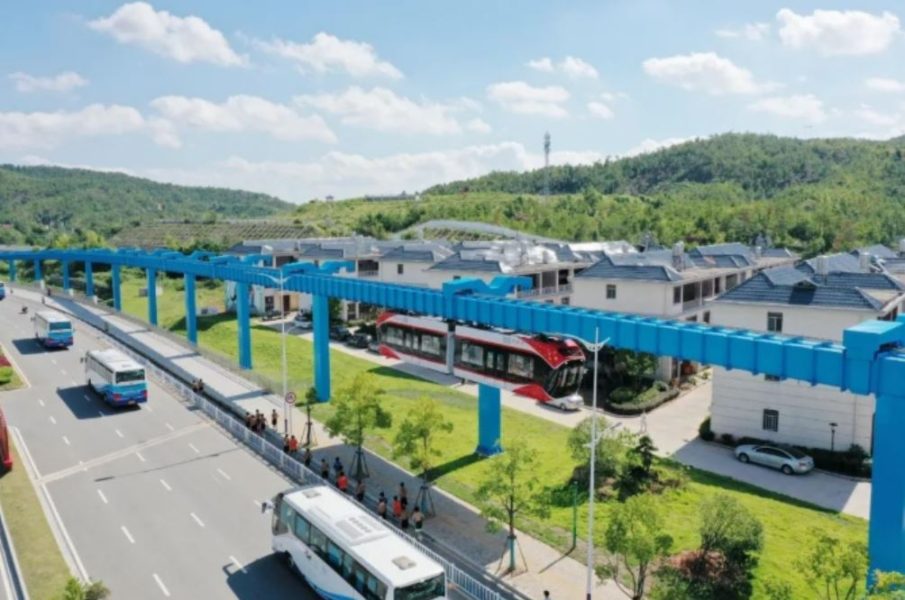
World Bank cuts China’s growth projection to 2.7% in 2022

The World Bank has cut down its growth projection for China’s economy in 2022 to 2.7 per cent from June’s 4.3 per cent with the country grapples with an economic slowdown triggered by strict COVID curbs for the third straight year and other global factors.
The World Bank in its latest forecast also slashed China’s growth outlook for next year, from 8.1 per cent to 4.3 per cent while blaming it on growth slowdowns and uneven recovery in economy.
“Economic activity in China continues to track the ups and downs of the pandemic – outbreaks and growth slowdowns have been followed by uneven recoveries,” the World Bank said in a statement.
“Real GDP growth is projected to reach 2.7 per cent this year, before recovering to 4.3 per cent in 2023, amid a reopening of the economy,” the statement said.
China recently eased curbs on its stringent “zero-COVID” policy which came with strict lockdowns, and mandatory tracking and testing, following mass protests. However, the infection rates have refused while the numbers are expected to go up in the colder months, wreaking havoc for the Chinese economy.
Reports say China’s economic activity had already weakened in November, even before the government eased the curbs. While consumer activity has slowed down, retail and home sales have also declined and unemployment has come to haunt several vulnerable sections of society.
Even though economists hoped that an ease in lockdowns will encourage residents to move about freely and business establishments and factories to resume work, any surge in cases in the next months will instil fear in the minds of people and keep them confined to homes in fear of getting infected, thus impacting the economy.
World Bank country director for China, Mara Warwick, however, said that public health preparedness including vaccinations among high risk individuals will go a long way in helping the Chinese economy recover.
“Accelerated efforts on public health preparedness, including efforts to increase vaccinations, especially among high-risk groups, could enable a safer and less disruptive re-opening,” Warwick said.
With non-pandemic risks like uncertain global growth projections, climate change and a stressed real estate market also being factors affecting China’s economy, Elitza Mileva, World Bank’s lead economist for China said the world’s second biggest economy will need “continued macroeconomic policy” to soldier on.
“Directing fiscal resources towards social spending and green investment would not only support short-term demand but also contribute to more inclusive and sustainable growth in the medium term,” Mileva said.


